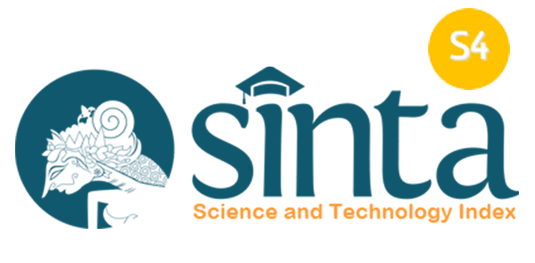Correlates of Child Labour and Poverty Alleviation among Low-Income Earners in Kwara State, Nigeria
Abstract
The study explores the correlations between child labour and poverty alleviation among the low-income earners in Kwara State, Nigeria. Survey design and purposive sampling method were employed to select the respondents from the 3 Senatorial districts of Kwara state. The Chi-square (X2 ) method of dataanalyses then used to analyze the data obtained. The result is a 2x2 table is taken a degree of freedom of (r-1) (k-1) = 1 at 5% level of significance, X2t = 3.84 and X2c = 0.17. Since the X2t> X2c, it shows that a relationship exists between child labour and poverty reduction in Kwara state. The study concluded that governments, at the federal and state levels, are yet to live up to their expectations. Their inability to provide jobs for graduates have discouraged most of the children to have an interest in schooling. Therefore, the government should provide a potent economic environment that will encourage those with genuine ideas to engage in promising economic activities. This will lift a lot of low-income earners to higher pedigree. Similarly, parent/guardians in the low-income groups should be encouraged that extra efforts in assisting their children not to engage in child labour but schooling as a future investment with a higher rate of return.References
Aderinto, A. A. (2000). Social correlates and coping measures of street-children: a comparative
study of street and non-street children in south-western Nigeria. Child abuse &
neglect, 24(9), 1199-1213.
Adonteng-Kissi, O. (2018). Causes of child labour: Perceptions of rural and urban parents in
Ghana. Children and Youth Services Review, 91, 55-65.
Adonteng-Kissi, O. (2018). Parental perceptions of child labour and human rights: A
comparative study of rural and urban Ghana. Child abuse & neglect, 84, 34-44.
Agu, O. C. (2015). Child Labour and Economic Development In Nigeria-A Case Study Of Ekiti
State, Nigeria. Journal of Economic & Management Perspectives, 9(4), 27.
Ajakaiye, D. O., & Adeyeye, V. A. (2001). Concepts, measurement and causes of
poverty. Central Bank of Nigeria Economic and Financial Review, 39(4), 8-44.
Basu, K. (2000). The intriguing relation between adult minimum wage and child labour. The
Economic Journal, 110(462), C50-C61.
Burki, A. A., Fasih, T., & Din, M. U. (1998). Households’ Non-leisure Time Allocation for
Children and Determinants of Child Labour in Punjab, Pakistan [with Comments]. The
Pakistan Development Review, 899-914.
Burki, A. A., & Shahnaz, L. (2001, October). Implications of Household Level Factors for
Children’s Time Use in Pakistan. In International Conference on Child Labor in South
Asia, New Delhi (pp. 15-17).
Dessy, S. E. (2000). A defense of compulsive measures against child labor. Journal of
Development Economics, 62(1), 261-275.
Donnelly, J. (1984). Cultural relativism and universal human rights. Hum. Rts. Q., 6, 400.
Ravallion, M., & Wodon, Q. (2000). Does child labour displace schooling? Evidence on
behavioural responses to an enrollment subsidy. The economic journal, 110(462), 158-
Renteln, A. D. (2013). International human rights: universalism versus relativism. Quid Pro
Books.

